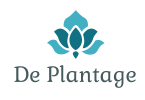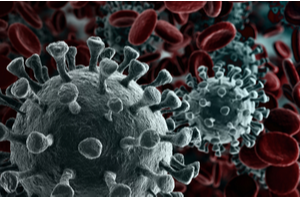It is clear that the industrial farming space is not short of technological innovations, there is always room for the do-it-yourself hydroelectric. However, for many modern farmers, the ease and simplicity of purchasing a pre-made industrial growing system make perfect sense. For the generators by YRCO this is important.

Garden design
These horticulturists, who are more interested in horticulture than garden design, find comfort in the fact that industrials equipment companies supply a wealth of troubleshooting information, as well as replacement parts, for their systems. However, pre-built industrial systems are quite expensive, with basic nutrient film technique (NFT) setups.
Technically inclined growers prefer the challenge of creating their own industrial facilities, as many indoor and greenhouse growers are recognized by trade.
For commercial farmers, it is possible to design an industrials facility that is highly functional while not breaking the bank. For these DIY producers, all it takes is a logical set of plans, some common sense, and easy access to a hardware store. To illustrate some basics about the industrials systems project, peak performance broke the key points of popular hydroelectric methods as a starting point: NFT and fleeting. We’ve included some easy-to-understand tips on how to design these systems yourself. After reading this brief survey of home industrial systems, you can decide which one may be best for your home farming needs.
NFT Industrials
An NFT system uses a constant and smooth flow of nutrient solution over the bottom of the plant’s root systems. This allows the roots to breathe air and absorb nutrients at the same time. Extensive oxygenation of the nutrient solution is necessary to ensure successful root respiration.
Laminar Flow Technique (NFT)
The laminar flow technique is one of the most popular industrial system projects currently in use; Its versatility makes it extremely applicable in commercial environments, such as vertical orchards and greenhouses. This type of cultivation is characterized by plants located in a single row, in rectangular channels, often made of a PVC-like material.
Commercial operations generally favor NFT because thin channels facilitate system scalability, as single file lines can be strategically placed to utilize every available square meter of light. Operationally, NFT systems pump nutrient-rich water out of a reservoir and through channels that house mediums, or networks, as well as plants. The defining characteristic of NFT industrials is a constant, recirculating source of water that is moving beyond and in contact with the root systems of plants, while not completely submerging the roots. Essentially, this nutritious moving water leaves a film on the root system, giving the NFT its name.
If you are interested in designing your own NFT system, it is important to note that these setups have a fair amount of moving parts, and all must work in unison to achieve ideal garden conditions. Regardless, most of the necessary parts can be purchased from hardware and growth stores and aquarium stores. The primary elements of an NFT industrial system are the tank, air pump, tubing, air stone, water pump, timer, channel, and culture medium.
As previously mentioned, PVC-like channels are the defining feature of NFT hydroelectric systems and PVC can be used by hobby producers in the construction of their orchards. For starters, you’ll drill holes in the PVC that perfectly fit your chosen growing medium ideally wood or netting that houses the plants.




